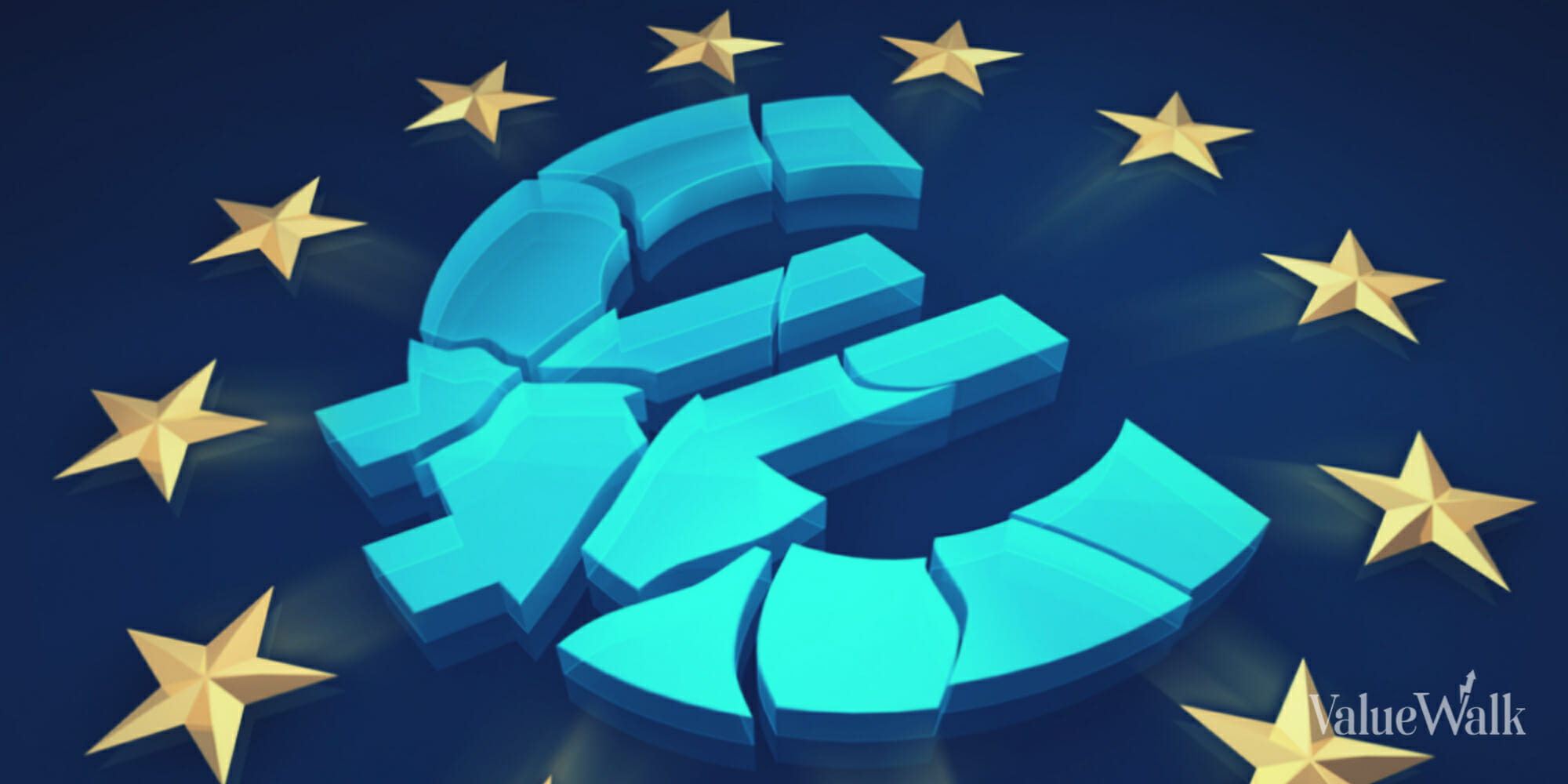In what has been described by the European Central Bank (ECB) watchers as a “critical meeting”, the central bank hiked its raising interest rates to a record high in an effort to combat elevated inflation in the eurozone.
The ECB decided to hike by 25 basis points despite indications of a weakening economy in the region. Following today’s move, the ECB’s main refinancing operations, along with the interest rates on the marginal lending facility and the deposit facility, have now reached 4.50%, 4.75%, and 4.00%, respectively.
“Inflation continues to decline but is still expected to remain too high for too long,” the ECB said in a statement.
“The rate increase today reflects the Governing Council’s assessment of the inflation outlook in light of the incoming economic and financial data, the dynamics of underlying inflation, and the strength of monetary policy transmission.”
The bank also made a series of changes to its economic growth and inflation outlook. Newly released projections reveal a slowdown in inflation from the current rate of 5.3% to 3.2% next year and further declining to 2.1% in 2025.
Underlying inflation is also expected to remain above the target, with a projected reading of 2.9% in 2024 and 2.2% in 2025. Meanwhile, the growth outlook has worsened, with the ECB now forecasting a modest 0.7% expansion for 2023, down from the previous projection of 0.9% made three months ago.
The ECB now expects the euro area economy to expand by 0.7% in 2023, 1.0% in 2024 and 1.5% in 2025. The bank also feels that the current levels of interest rates are likely enough to cool the economy down.
“Based on its current assessment, the Governing Council considers that the key ECB interest rates have reached levels that, maintained for a sufficiently long duration, will make a substantial contribution to the timely return of inflation to the target,” it is said in the statement.
In response to the ECB statement, the euro fell to hit its lowest level against the dollar since the last day of May. A break below 1.0635 would see the currency pair print the lowest level in 6 months. The EUR/USD pair lost about 50 points in response to the decision.
‘Critical Meeting’
Forex traders were prepared for heightened volatility as the ECB was seen having a critical decision on Thursday when it comes to raising its key interest rate to combat stubbornly high inflation or pausing its rate hikes amid concerns that the shared economy is slowing down at a faster pace than previously expected.
Heading into Thursday, the ECB has already raised rates nine times consecutively. The bank was staring at a difficult decision – while inflation remains well above the ECB’s 2% target, the higher borrowing costs and China’s economic issues have weighed on the eurozone’s economic growth. As a result, the possibility of a recession in the eurozone is becoming more distinct.
The market was divided regarding whether the ECB would hike or pause. Still, some analysts have argued that the ECB was more likely to hike in September as its inflation forecast for 2024 is likely to exceed 3%.
“The inflation momentum is simply too strong for the ECB to pause,” said Danske Bank economist Piet Haines Christiansen.
Overall, the money markets were indicating a 63% chance that the ECB will hike rates for the tenth consecutive time. This hike is now expected to be the final one in a cycle that began in July 2022.
Analysts expect that the ECB will be forced to start cutting rates next year in a bid to stimulate the economy that is already feeling pressure from the high rates. Today’s hike pushes the rate on bank deposits to the highest level since the euro’s inception in 1999.
On the other side of the Atlantic Ocean, the U.S. Federal Reserve is widely expected to keep rates unchanged at its next meeting, having initiated rate hikes earlier and surpassed the ECB in terms of rate levels. This divergence in policy between the ECB and the Federal Reserve is keenly observed by market analysts and forex traders utilizing top-tier forex brokers in the United States to understand the market dynamics in different economic climates.
“We expect the Fed to maintain the target range for the federal funds rate at 5.25-5.5% at the September FOMC meeting. This outcome would be consistent with both recent Fed communications and current market pricing. We expect no change to the Fed’s balance sheet policies,” Bank of America economists wrote in a report on Thursday.
Proponents of a rate hike argued that it is necessary to deliver another boost to rates due to persistently high inflation. In recent weeks, rising energy prices have also contributed to inflation concerns. Brent oil prices are trading at 10-month highs.
However, the rapid pace of tightening has already had an impact on the eurozone economy. The manufacturing sector was especially hit due to higher borrowing costs, resulting in a sharp decline in lending to both businesses and households.
“While core inflation is only showing tentative signs of easing, the growth outlook has darkened quickly, implying less need for tightening,” Natixis economist Dirk Schumacher said.
Many economists have pointed out that Germany, the largest economy in the eurozone, is particularly affected by an industrial downturn and is at risk of recession.
Once the ECB concludes its campaign of rapid rate increases, the bank is widely expected to consider strategies for withdrawing the liquidity it injected into the banking system through various stimulus measures over the past decade.
Summary
The euro fell below $1.07 against the greenback after the ECB increased its key interest rate by 25 basis points to 4% – a record high. The central bank has also signaled that this rate hike is the last, with the market looking for the ECB to start cutting rates next year to support the embattled economy.












